After World War 2, the evolution of the motor car lurched back into forward motion. By August 1948, nearly two million cars were on the roads of the UK, which was a record figure, although only 10% of the total were made up of cars bought since the beginning of 1947.
The newer cars, though, were taking on family-friendly utilitarian flourishes such as the rear-sited ‘luggage locker’ – or ‘boot’ to you and me – which was taking the place of the body-mounted luggage grids and clipped-on luggage trunks popular on pre-war machinery.
A design shift towards full-width car bodies precipitated the incorporation of the luggage locker as an integral part of the vehicle.
“The changed shape of the modern car has brought considerable benefits at the tail end,” noted Autocar. “The luggage locker has more useful capacity than ever before. The wheel arch is merely a local ‘blister’ in a compartment that extends to the full width of the outer panels.
“At the same time, the steeply sloping tail is giving way to a high boot line which carries on the long sweep of the waistline and which terminates in an almost vertical panel.
“Both these changes increase the space within and serve it up in cubic lumps, more useful and accommodating than the wedge-shaped wastes which formerly mocked the unyielding rectangularity of suitcases.”
Developments in engineering, such as inter-axle seating, lower frames and anti-roll devices, had progressed enough to permit car makers to make use of the space without having a disastrous effect on handling. “Structurally, the locker is often self-supporting and adds strength and rigidity to the rear of the car,” said Autocar.
The boots of several new-to-market cars were appraised: “The sleek tail of the new Jaguar XK120 provides luggage space unusual in a sports model. The bumper is really a light rubbing strip and is attached to the lid of the boot.
“The new Vauxhalls have especially cavernous luggage lockers. The spare wheel lies flat on the floor without a covering, and the single strut for the lid is of self-locking type.”
The ideal configuration for the boot opening was still being determined, as our correspondent attested: “Occasional voices are still raised against the current practice of hinging the lid at the top, on the grounds that this prevents the carrying of really bulky loads, but it certainly makes it easier to load and unload the boot with normal luggage.”
Indeed, our correspondent went on, somewhat dismissively, to suggest that “anyone who habitually requires more space than the modern tail provides needs a utility car or a light van, or at least a trailer”.
Get the latest car news, reviews and galleries from Autocar direct to your inbox every week. Enter your email address below:

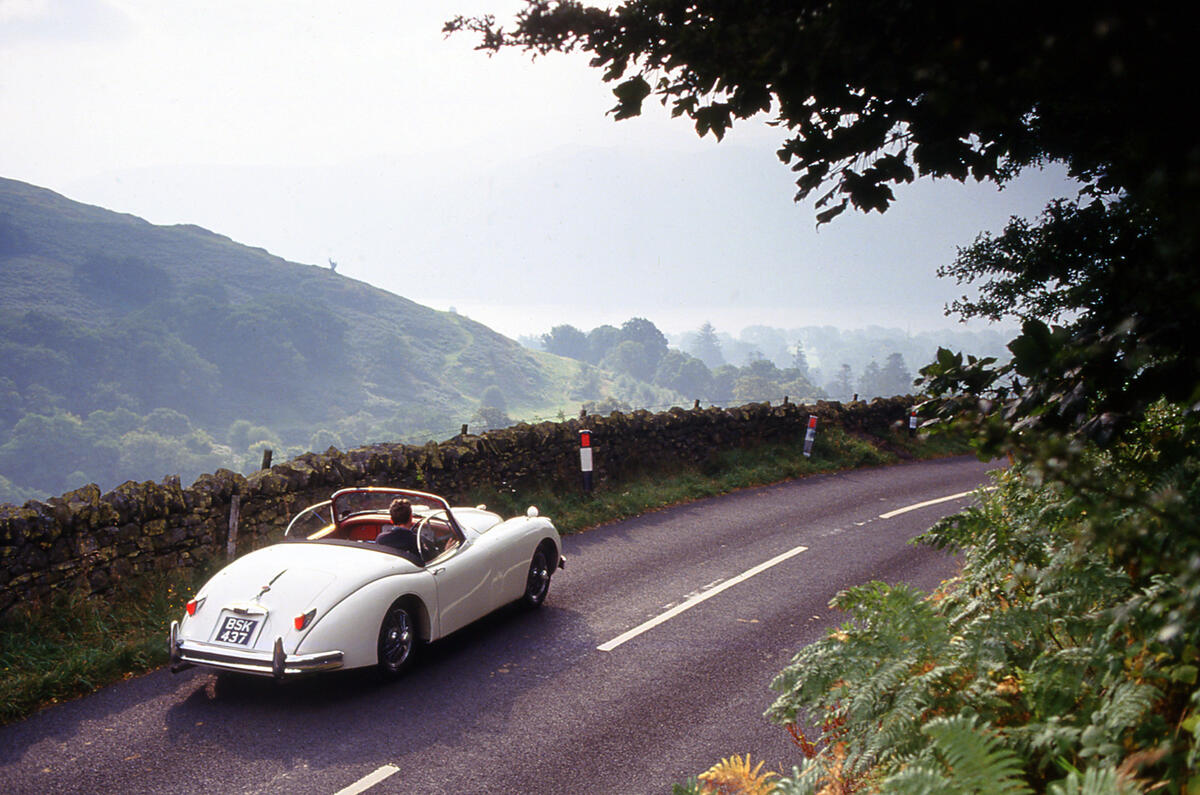
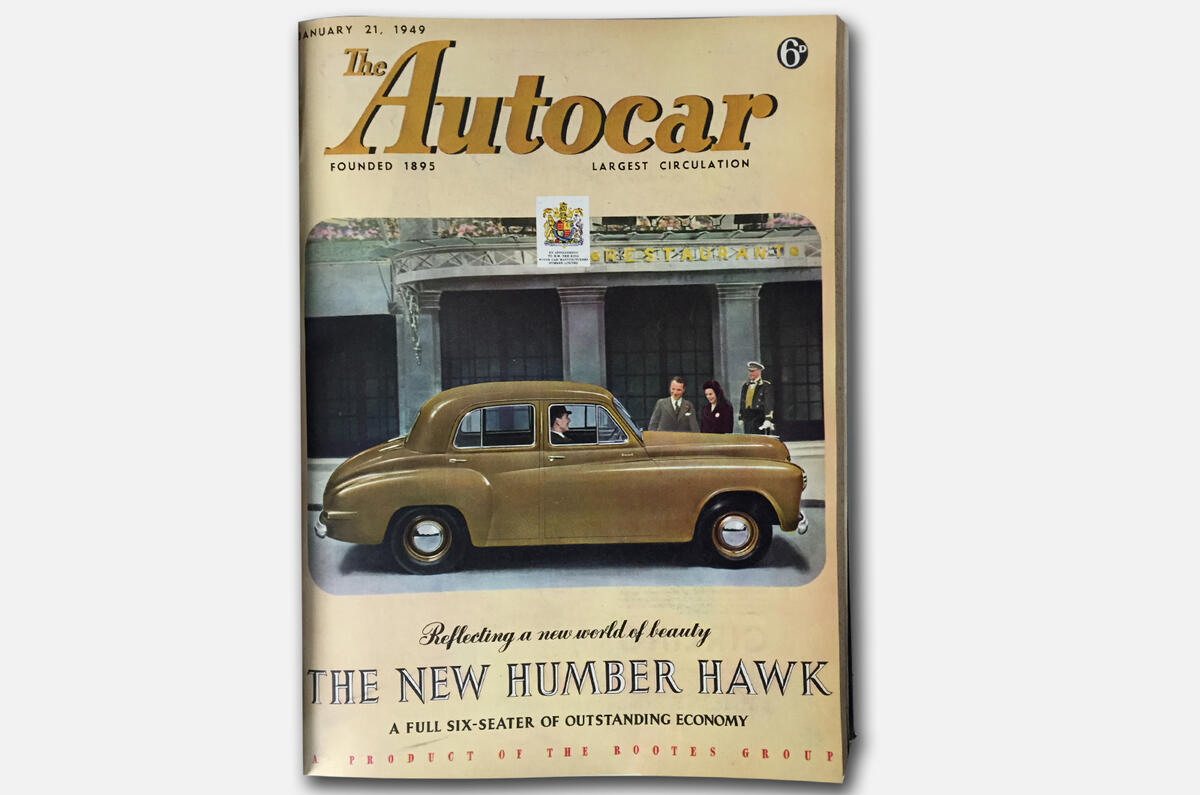
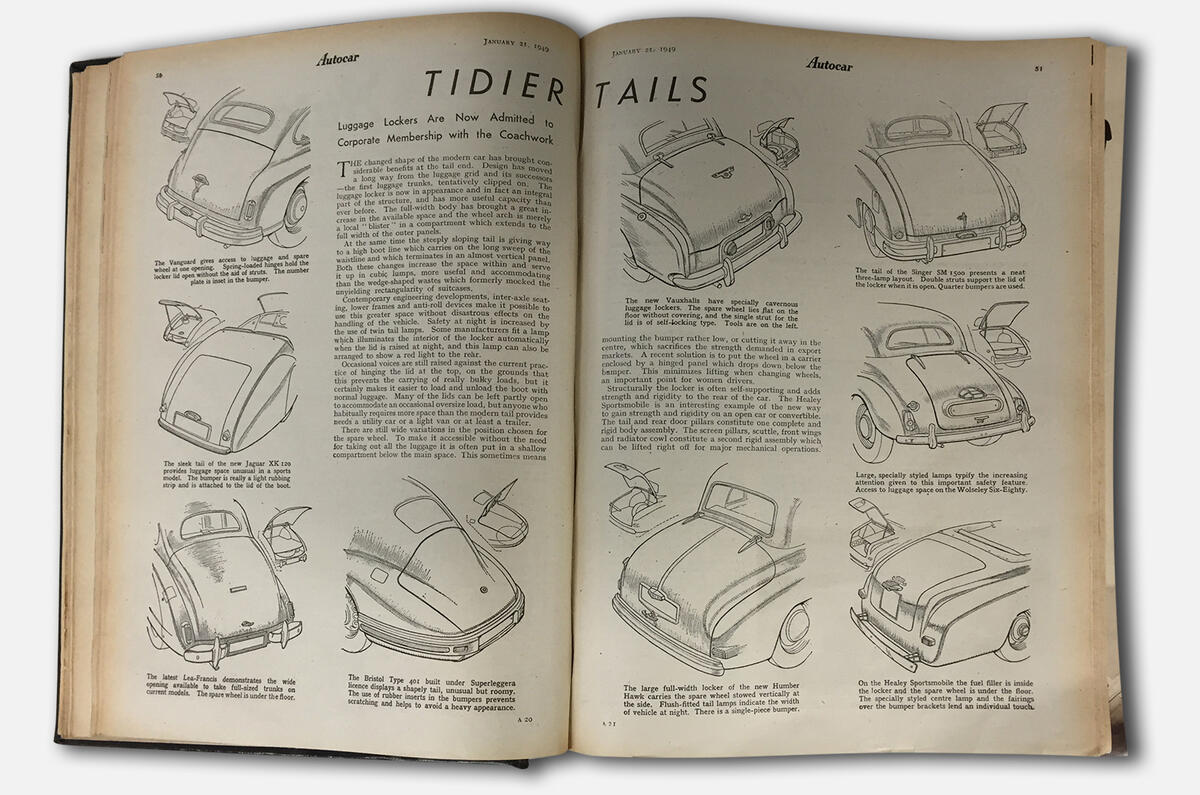

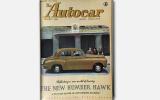
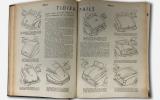


Join the debate
Add your comment
Shows the evolution towards 3
Proper writing
Proper writing
No comma after 'Apparently'?
'one must lower their standards'?
Not good enough - see me.
That is not an XK120. The car
.